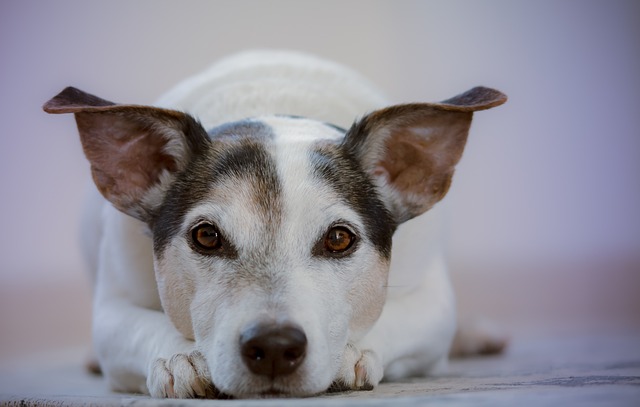
what will seizures do to a dog
Watching your dog experience a seizure is a heart - wrenching sight for any pet owner in the U.S. As a new dog parent, you may be left wondering: What will seizures do to a dog?
Seeing your dog’s not only tugs at your heart but also raises concerns about what’s safe to put in their bowl. Navigating your pet’s diet during this time requires a blend of caution and care, all while staying compliant with animal nutrition regulations and best practices.
First, prioritize hydration. Diarrhea quickly dehydrates dogs, so ensure fresh water is always accessible. You can also offer small amounts of ice cubes for reluctant drinkers. In some cases, a diluted, low-sodium chicken broth (cooled, of course) can help replenish electrolytes. However, avoid giving excessive amounts, as improper fluid management could potentially violate animal welfare guidelines regarding pet care.
When it comes to solid food, simplicity is key. Start with a bland diet of boiled chicken and white rice. Skinless, boneless chicken breasts cooked without seasoning provide lean protein, while plain white rice is easy to digest. Mix them in a 1:2 ratio (chicken to rice) and offer small, frequent meals. This gentle approach aligns with common veterinary recommendations and adheres to regulations on feeding sick pets.
 Skip rich, fatty, or processed foods. Treats, table scraps, and high-fat kibble can exacerbate diarrhea. Even some “healthy” human foods like dairy or raw vegetables might upset their stomach further. In many regions, feeding inappropriate foods to a sick animal can be considered neglect, so it’s crucial to stick to vet-approved options.
Skip rich, fatty, or processed foods. Treats, table scraps, and high-fat kibble can exacerbate diarrhea. Even some “healthy” human foods like dairy or raw vegetables might upset their stomach further. In many regions, feeding inappropriate foods to a sick animal can be considered neglect, so it’s crucial to stick to vet-approved options.
Monitor your dog’s reaction closely. If their diarrhea persists or worsens after 24 hours on a bland diet, consult your veterinarian immediately. They may recommend prescription diets or medications. Remember, many areas have laws requiring proper treatment for sick pets, making timely veterinary advice not just beneficial but legally necessary.
Gradually reintroduce regular food. Once your dog’s stools firm up, start mixing small amounts of their regular kibble with the bland diet. Increase the proportion of normal food over several days. This slow transition helps their digestive system adjust and reduces the risk of triggering another bout of diarrhea, in line with good pet care practices.
For dogs prone to recurrent diarrhea, consider long-term dietary changes. High-fiber or probiotic-rich commercial dog foods can support gut health. However, always check with your vet before making any major diet swaps, as certain products need to meet specific nutritional standards set by local pet food regulations.
Taking care of your dog’s diet during diarrhea is a balancing act, but with the right choices and professional guidance, you’ll have your furry friend back to normal in no time. After all, a healthy gut means a wagging tail and plenty of energy for play.

Watching your dog experience a seizure is a heart - wrenching sight for any pet owner in the U.S. As a new dog parent, you may be left wondering: What will seizures do to a dog?

Picture your Beagle, Charlie, suddenly collapsing in your New York apartment kitchen. His legs paddle wildly, jaw chomping at the air, eyes glazed—terrifying, helpless, and utterly disorienting.

Discovering your dog injured is a heart - stopping moment. Panic might set in, but your calm actions in these crucial moments can make all the difference, both for your pet’s well - being and in complying with animal welfare regulations.

You’ve just noticed your dog showing concerning symptoms like a swollen belly, restlessness, and unproductive vomiting. Panic sets in as you wonder: how long can dogs survive with GDV?

You’ve welcomed a new dog into your home, and as you watch them shy away from visitors or cower at the sight of a friendly face on a walk

For many dog owners, skipping nail trims might seem like a harmless oversight, but it can snowball into serious issues—both for your pet’s health and your legal responsibilities.